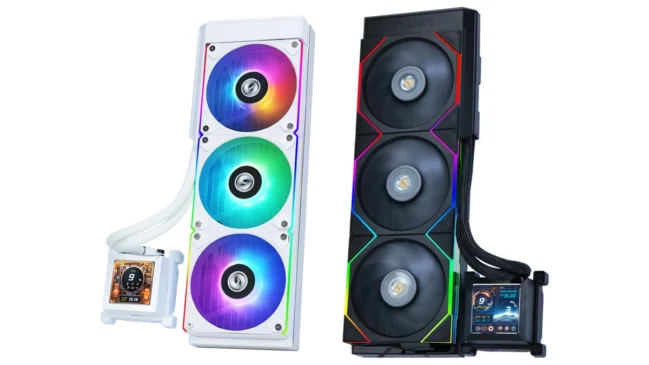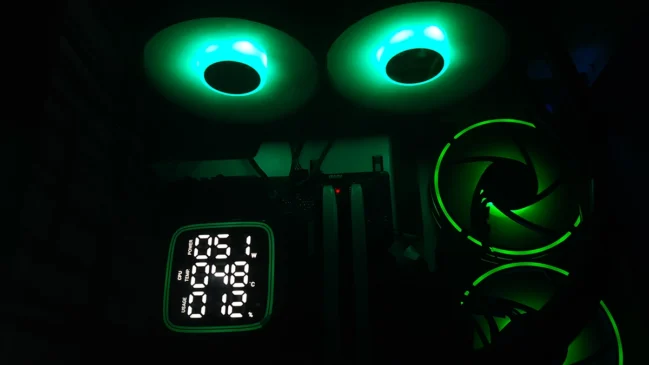

Intel has unveiled their third processor line in 2017 after Kaby Lake and Skylake-X. This time, we have the new 8th generation Kaby Lake refresh mobile family of processors, starting with four CPU’s in the 15W family. The most important difference with the previous line is undoubtedly the doubling of the core count and thread count. These processors have been made on a highly optimised 14nm node, which Intel terms as 14nm++. This allows for a very high peak clock speed in spite of having high core counts, within a 15W thermal envelope.
There are two new lines that have been unveiled, the new i5 and i7-U denoted ultra low-power processors.
| Product ID | Clock Base/Turbo | Cores/Threads | Cache | Socket | PCIE Lanes | Tray Price |
| i7-8650U | 1.9 Ghz/ 4.2 Ghz | 4/8 | 8M | BGA1356 | 12 | 409$ |
| i7-8550U | 1.8 Ghz/ 4.0 Ghz | 4/8 | 8M | BGA1356 | 12 | 409$ |
| i5-8350U | 1.7 Ghz/ 3.6 Ghz | 4/8 | 6M | BGA1356 | 12 | 297$ |
| i5-8250U | 1.6 Ghz/ 3.4 Ghz | 4/8 | 6M | BGA1356 | 12 | 297$ |
Intel has also upgraded the graphics engine in these processors, making them capable of directly playing UHD (Ultra High Definition) videos, and inherent support for HDCP 2.2. The new engines are now called 620UHD.

Official, ark.intel provides a package size of 42mm by 24mm. However, Anandtech was provided a die shot of the processor, and Ian @Anandtech has estimated the actual die size of 13.6mm by 9.1mm, giving a die size of 124mm2. As usual, mobile chips come in a BGA package of 1356 contacts. I have not found any transistor count in the official webpage and does not seem like it was made available to the general press. It would have been interesting to compare the transistor densities of Intel’s 8th gen processor versus AMD’s Ryzen processors.

Apart from lower cache and exclusion of Intel Trusted Execution technology, there does not seem to be any difference between the i7 and i5 dies. Intel has provided the following information about performance uplifts.
- “This new mobile family sets the bar for outstanding performance, including a boost of up to 40 percent gen over gen1, and that jumps to 2x if you compare it with a 5-year-old machine. ” As measured by SYSmark* 2014 SE (Second Edition) on an Intel reference vs. an older machines containing i7-7500U 2 core 4 thread and i5-3317U 2 core 4 thread resp.
- “Editing photos or creating a slideshow? That’s up to 48 percent faster on 8th Gen vs. devices powered by the processor we released last year.” As measured by Content Creation Multitasking Workload 2014 SE (Second Edition) on an Intel reference vs. an older machines containing i7-7500U 2 core 4 thread cpu.
- “ Editing video footage is now up to 14.7x faster5, so rendering what used to take 45 minutes on a 5-year-old PC, now takes three minutes.” As measured by PowerDirector Ultra HD HEVC Video Creation on Intel Reference Platform: Measured on Intel Reference Platform: Intel® Core™ i5-8250U Processor vs i5-3317U 2 core 4 thread processor.
All in all, the kaby lake refresh is a welcome, though late uplift in performance in the ultra thin and portable market. Better late than never though. Also, it will remain interesting to observe how Intel seamlessly launch so many (5 confirmed till date) product generations on 14nm. Today though, we celebrate the launch of a product that will finally kill of the long-standing stagnation of performance in the mobile market and will bring in true next generation competitive performance after a long time.

























